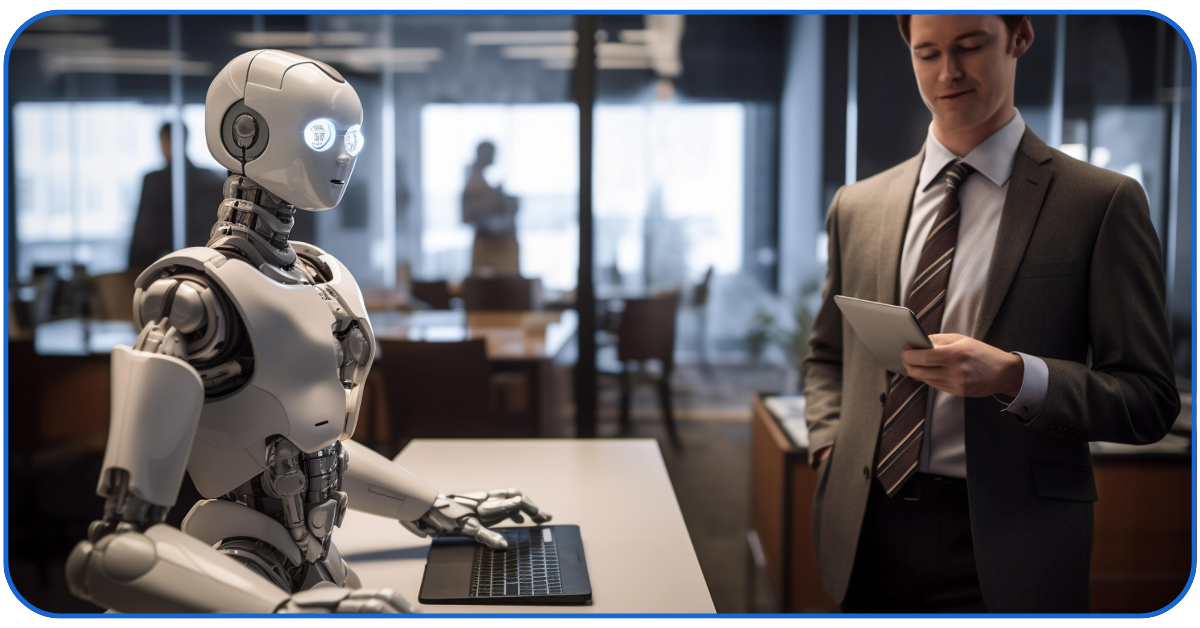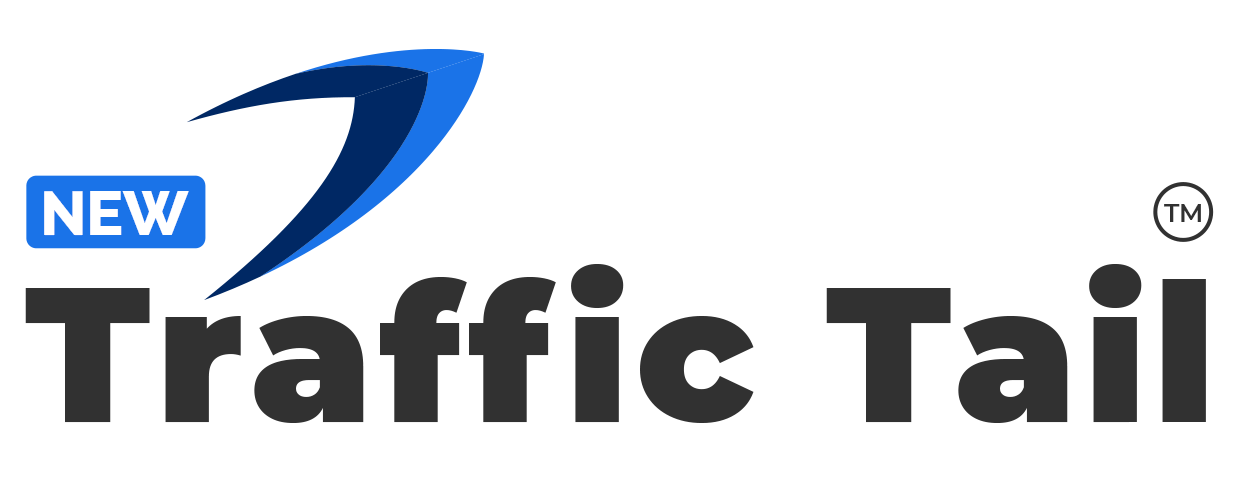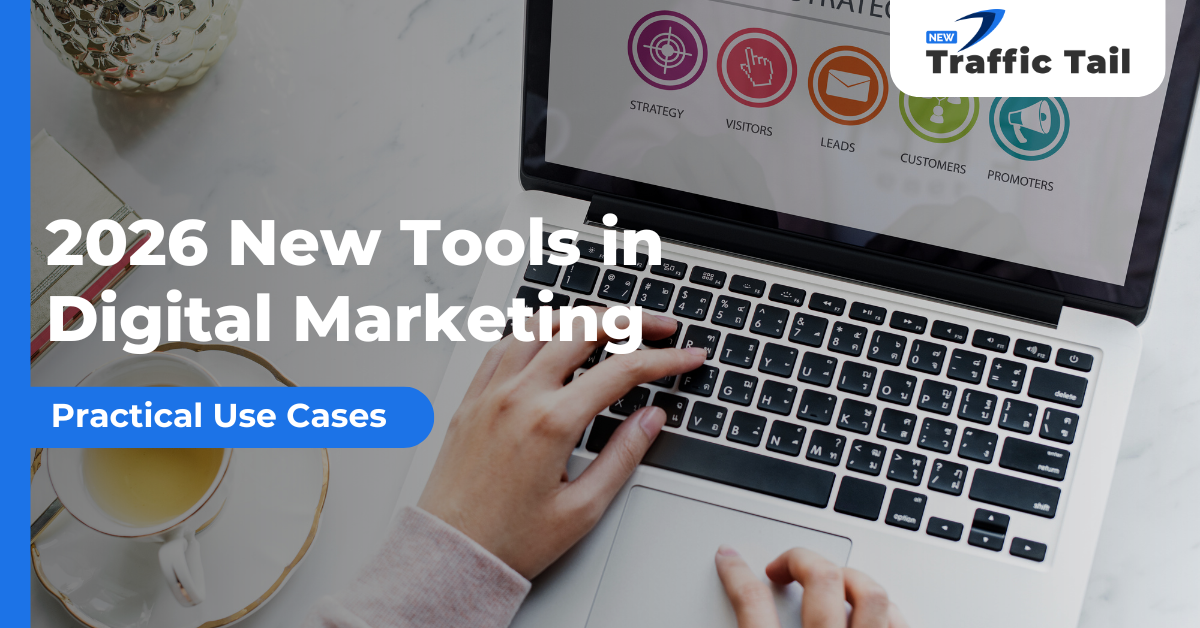AI in The Workplace: This Tech Won’t Replace You. But Someone Using It Will!
So, can we please stop with the robot panic?
The narrative that we’re all about to be replaced by some hyper-intelligent machine is a dead-end. It’s a lazy, fear-mongering distraction from the real conversation. The actual seismic shift happening with AI in the workspace has nothing to do with your obsolescence and everything to do with your amplification.
This isn’t a story about being fired; it’s a story about getting a jetpack for your brain. The companies that get this are already lapping everyone else, and they’re doing it by embracing a new wave of AI Tools
This is the new frontline. It’s a messy, confusing, and incredibly powerful evolution in what “work” even means. And the architects of this future—the Top AI development Companies building this stuff—are making choices right now that will define the next fifty years.
We’re not just talking about software. We’re talking about a new kind of labor force, a digital one, and the smart money is on the people who learn to lead it, not fight it. Forget the fear-mongering; the only real threat is being left behind because you were too busy worrying about the wrong thing.
What This Digital Labor Actually Is

So, it’s not another brain in the room. It’s a specialized tool designed to handle the tasks that are predictable and repetitive—the kind of work that, frankly, humans are kind of slow at anyway. A report from McKinsey suggested that current technologies could automate portions of almost every job.
This isn’t about automating a person; it’s about automating the most boring parts of their day. It’s more like you’ve suddenly got a whole crew of hyper-specialized digital assistants. This new “digital labor” force includes specialists like:
- The Pattern Seeker: A tireless analyst that can spot a meaningful trend in a mountain of data you’d never have time to read.
- The Prolific Writer: This one handles the grunt work of words—instantly transcribing your meetings, summarizing dense reports, or even drafting that first awkward version of an email.
- The Creative Spark: An endless brainstorming partner that can generate a thousand different logos, marketing slogans, or code snippets to get you past a creative block.
- The Triage Nurse: It sits at the front door of your workflow, automatically sorting customer requests or emails so you only deal with what’s important.
These aren’t your replacements. They are force multipliers. This whole shift in AI in the workspace frees you up to do the things only a human can do: strategize, empathize, make a final judgment call, and sell an idea to another person.
Tools like ThriveSparrow embrace this vision by using AI to equip CEOs, HRs, and people managers with actionable business insights, helping them boost engagement, foster alignment, and build high-performing teams with ease.
The machine can give you the data, but you have to build the wisdom. It can write the draft, but you have to provide the soul. Anyone who tells you otherwise is trying to sell you something.
The Trillion-Dollar Tsunami
And if you think this is just a niche trend for tech companies, you’re missing the economic earthquake that’s already underway. The numbers are staggering. A landmark study by PwC projected that AI could contribute up to $15.7 trillion to the global economy by 2030. That isn’t a trend; it’s a fundamental realignment of global value.
This money isn’t just coming from AI companies; it’s coming from every industry that successfully integrates these tools to become more efficient and innovative.
The Architects of Our Future
You have to ask yourself: who’s building these jetpacks? The AI development Companies behind these tools have an incredible amount of power. Are they building them to empower us, or just to track our productivity?
The distinction is critical. We have to be active consumers, demanding AI Tools that feel less like digital overseers and more like genuine partners. The companies that fail to do this won’t just have unhappy employees; they’ll be left behind by competitors who have figured out how to build a truly symbiotic workforce of humans and machines.
Your New Job Description
The bottom line is that the texture of our work life is changing. The future doesn’t belong to the person who can do the work of a machine. It belongs to the person who can creatively and strategically direct an entire team of them.
The question isn’t whether you’ll have a job in ten years. The question is, will you be good at it? Because the definition of “good” is being rewritten as we speak. This means cultivating the “soft skills” that AI can’t touch: critical thinking, complex communication, emotional intelligence, and leadership.
It means becoming a master of asking the right questions—an expert prompter for your digital team. You can either learn the new language or become fluent in complaining—your call.
This isn’t happening to you; it’s happening for you, but only if you choose to step up. The future is a cockpit, not a passenger seat. Grab the controls.




